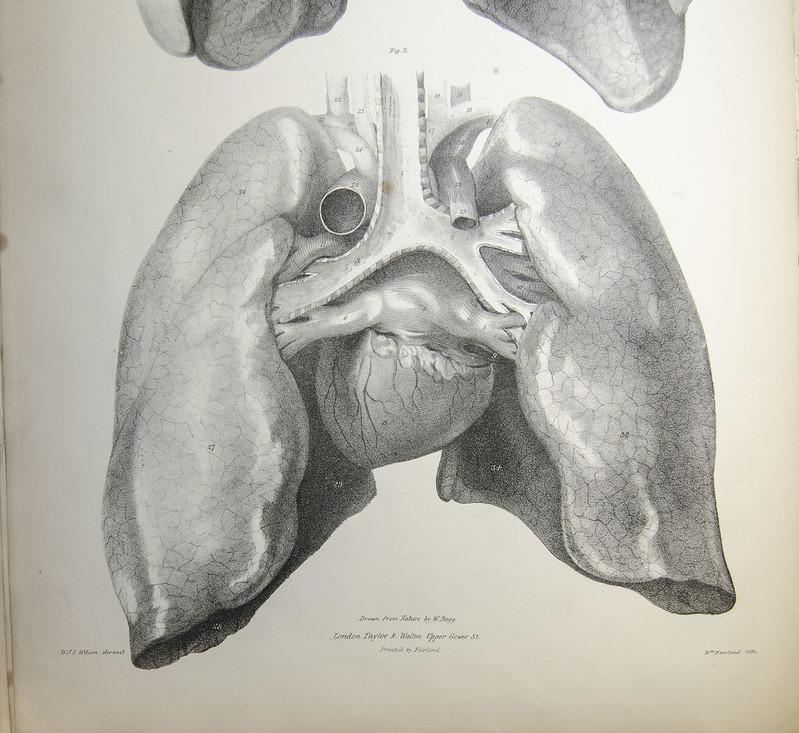Y: Looks like that cut on your hand is healing really well, Don. I always thought it was amazing how our skin can heal itself.
D: What I want to know, Yaël, is how organs like our heart, liver, or kidneys work to heal themselves when they get injured. Normally, when tissue gets injured, cells start replicating and make new tissue. But what about the heart? All those specialized cells can’t exactly take time off to replicate like mad: they need to keep doing their regular jobs, like pumping blood, to keep the already struggling organ from totally failing, right?
Y: That’s why two different processes kick in when an organ starts failing. One of them is the replication you were talking about, but with a twist: the cells replicate the DNA inside of them, but don’t take the last step of actually dividing into two. That way, the cell can keep functioning because it isn’t too busy dividing, plus it increases the work it can do, so it can take up the slack of the dead cells.
D: And the other process?
Y: Scientists found that organs also have small amounts of stem-like cells that can divide really quickly to replace the lost tissue.
D: Why doesn’t the organ just do that?
Y: Well, there’s a tradeoff—having a lot of stem-like cells that can divide quickly increases the risk of cancer in the organ. Meanwhile, having too many giant cells with double the DNA can lead to chronic organ dysfunction in the long term. That’s why organs use both processes.
D: The universe is all about balance, isn’t it?










